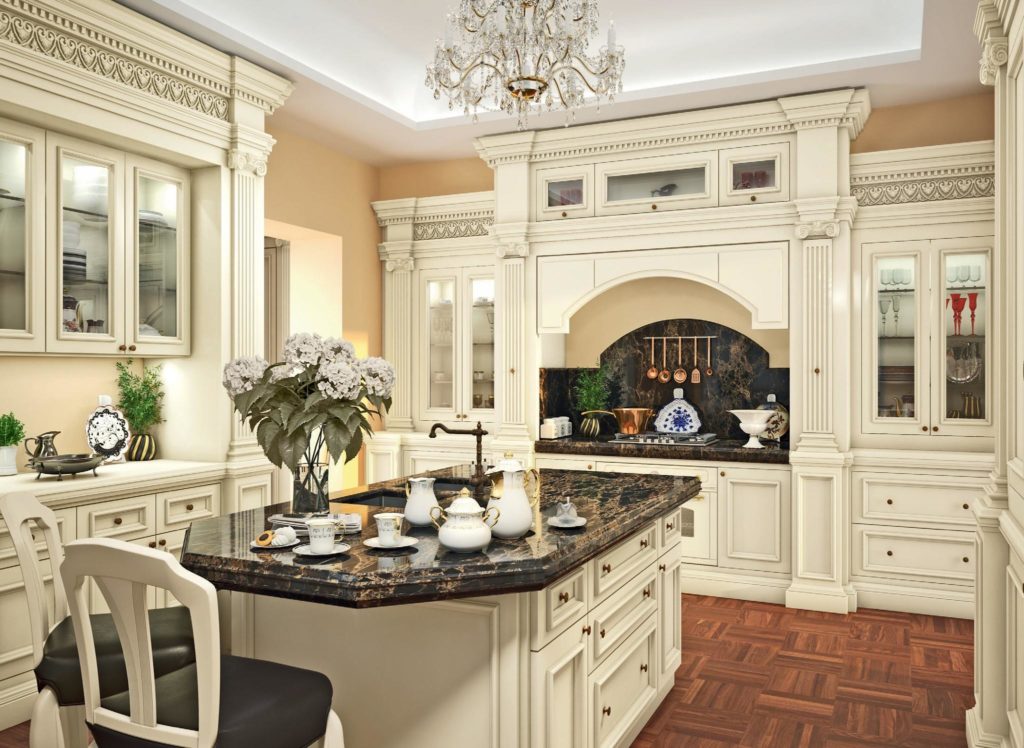Tradition Cooking: Celebrating Classic Cookware Essentials

In a world governed by elegant contemporary devices and single-use culinary gadgets, classic cookware still holds a valued place in numerous homes. The timeless appeal of these timeless tools lies not only in their functionality but also in the sentiments they evoke. From cast iron skillets transmitted through ages to the artisan craft of decorated Dutch ovens, classic cookware embodies a sense of history and authenticity that connects with both beginner cooks and professional chefs alike.
The growing awareness of sustainability and the wish to relate with the past have sparked a renaissance in the use of traditional cookware. As more people look for tools that elevate the art of cooking, classic cookware emerges as a reliable choice that ensures not only endurance but also superior flavor and heat control. Whether you are an aspiring home chef or a seasoned cook, adopting classic cookware is a voyage into the heart of culinary custom, where every tool tells a narrative and transforms everyday meals into extraordinary feasts.
The Classic Appeal of Classic Cookware
Traditional cookware has an irresistible charm that spans generations. Heartfelt memories are often made around the stove, where traditional pots and pans become the vessels of family recipes passed down through the years. The weighty feel of a cast iron skillet or the gleam of a copper pot reminds us of a time when cooking was an intricate art, respecting nature and food. https://smileresult93.bravejournal.net/classic-kitchen-must-haves-a-look-at-classic-cookware is not only a testament to the rich heritage of cooking but also serves to enhance the overall experience of preparing meals.
One of the key reasons classic cookware stays relevant in modern kitchens is its remarkable durability and functionality. Unlike contemporary nonstick alternatives, many classic options improve with age. A well-seasoned cast iron pan can become an invaluable asset. http://marinecleanupinitiativeinc.org/members/streetflax47/activity/33235/ to retain heat and distribute it evenly makes it ideal for various cooking techniques, allowing both novice and experienced chefs to achieve impressive results. The enduring quality found in these pieces supports the idea that investing in classic cookware is not just practical, but also favorable for elevating culinary skills.
Moreover, traditional cookware often boasts unique characteristics that modern options lack. Vintage pieces come with their own stories, offering a sense of connection to the past and the cooks who cherished them. From intricate designs to expertly crafted materials, heritage cookware has the power to transform the kitchen into a space filled with beauty and warmth. This timeless appeal goes beyond functionality, fostering an atmosphere where the love of cooking flourishes, making every meal a celebration of heritage and history.
Essential Traditional Cookware for All Kitchen
When creating a kitchen that reflects both utility and classic style, certain elements of traditional cookware are necessary. A heavy-duty cast iron skillet is often at the top of the list. Renowned for its heat retention and adaptability, this skillet can effortlessly transition from stovetop to oven. No matter if you're grilling meat or baking cornbread, its timeless quality and ability to develop a natural nonstick surface with usage make it a must-have for any cooking fan.
Another must-have is the enameled Dutch oven, which merges the advantages of cast iron with a vibrant enamel coating that makes it aesthetic and low-maintenance. These ovens are ideal for slow cooking, braising, and even preparing bread. Their ability to hold steady temperatures helps improve flavors, making them a valued piece in both home and professional kitchens as well. Investing in a quality Dutch oven guarantees countless meals shared with friends over the years.
Lastly, a multipurpose stainless steel saucepan is crucial for any traditional cookware collection. Great for boiling, simmering, and making sauces, it provides even heating while resisting damage and tarnishing. Look for a heavy-bottomed model to prevent hotspots and increase cooking precision. Bringing together these three essential pieces will provide a reliable foundation, enabling every home chef to explore a broad spectrum of culinary journeys.
Nurturing & Restoring Vintage Cookware
Vintage cookware frequently carries a vivid history, making it not only a kitchen utensil but a beloved family artifact. To ensure these pieces continue to serve their function, it is essential to maintain them with care. Start with cleaning: avoid https://notes.io/wS3zD and instead use mild soap and warm water, along with a gentle scrub brush to take away food particles. For stubborn residues, especially on cast iron, a mixture of rough salt & oil can work magic. Always dry your cookware thoroughly to avoid rust, plus consider applying a thin layer of oil to cast iron after cleaning to protect the seasoning.
Restoration can bring new life to metal cookware that may have been abandoned over the years. For cast iron and carbon steel pans, reseasoning is key. Begin by scrubbing the surface to get rid of any old residue and rust, then apply a light layer of cooking oil and bake it upside down in the oven at a high temperature. This will form a non-stick coating that improves its performance. For enameled pieces, inspect for any chips or cracks that could lead to further damage. If the surface is whole but looks worn, a gentle wash plus a thorough drying can refresh its appearance.

Displaying heirloom cookware can bring a sentimental charm to your kitchen, transforming functional pieces into decorative pieces. Consider hanging skillets and placing Dutch ovens on open shelves as attractive displays. This not only honor the history of these items but also makes them easily accessible for everyday cooking. Remember, each scratch and dent shares a story, contributing to the unique character of your cookware. Embrace these imperfections as part of the legacy they bring, and ensure they remain cherished tools in your culinary adventures.
